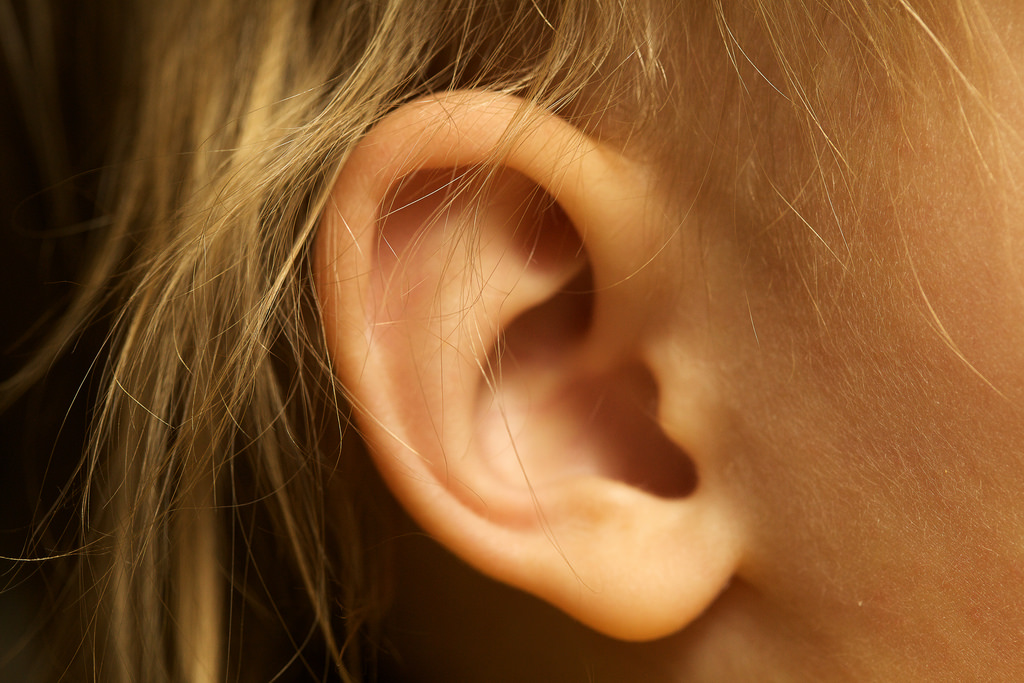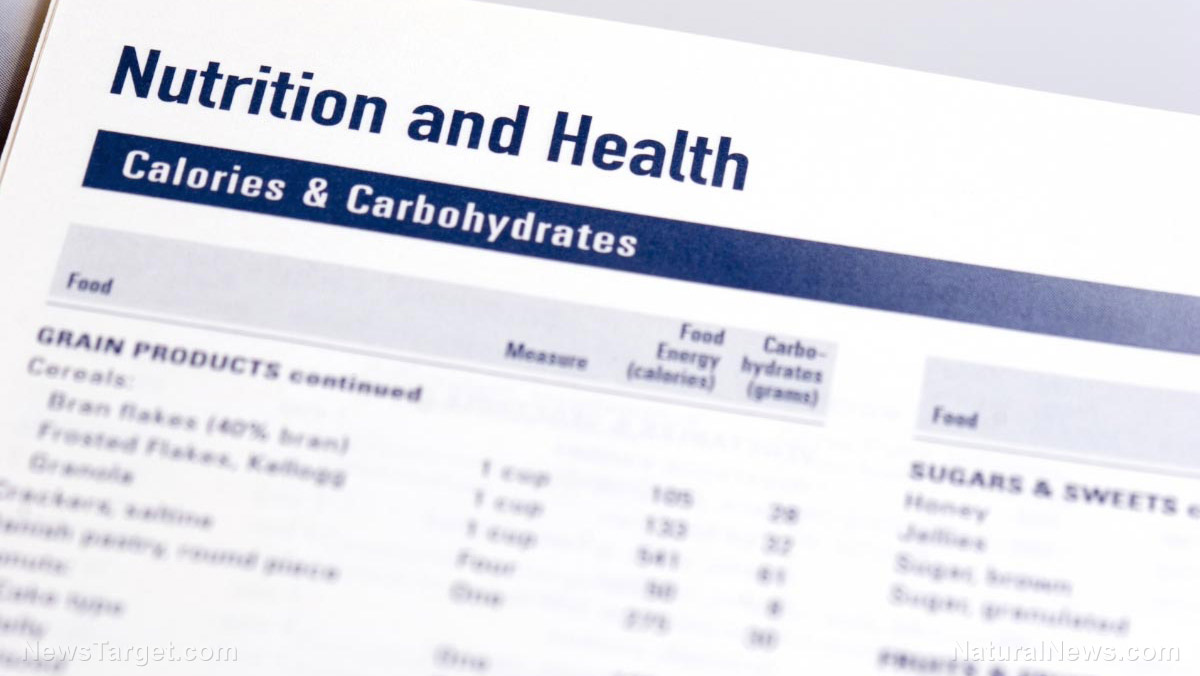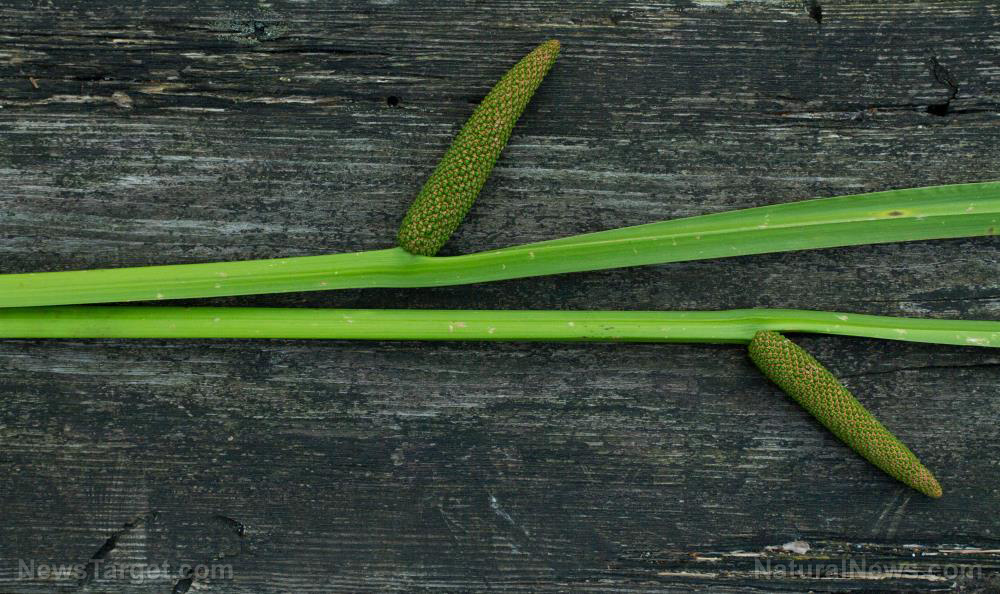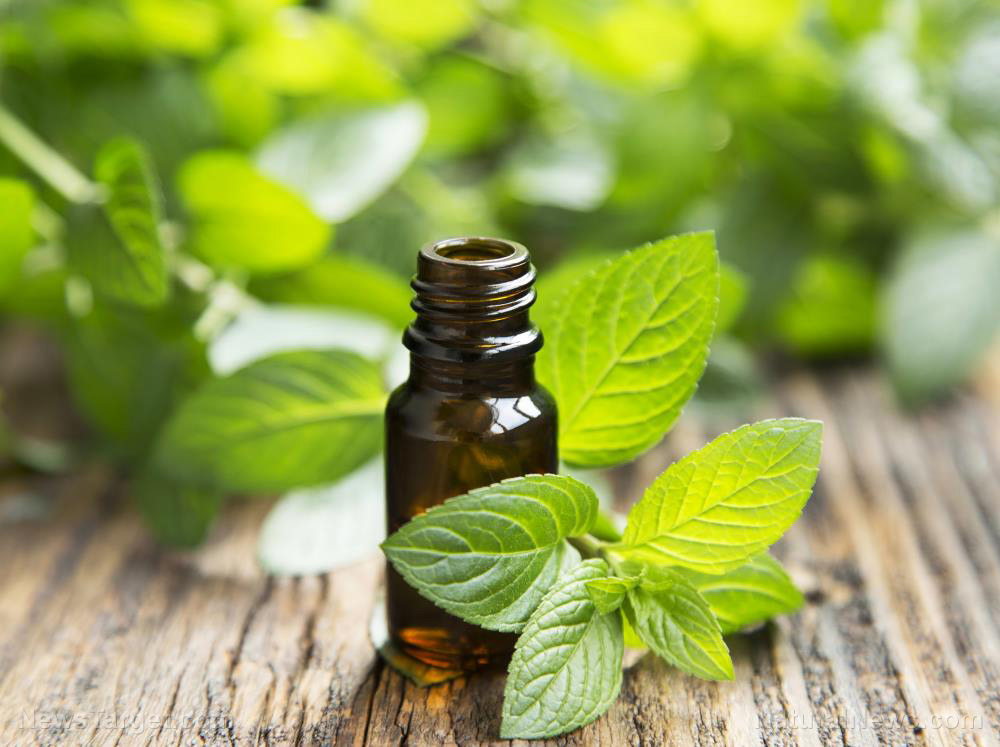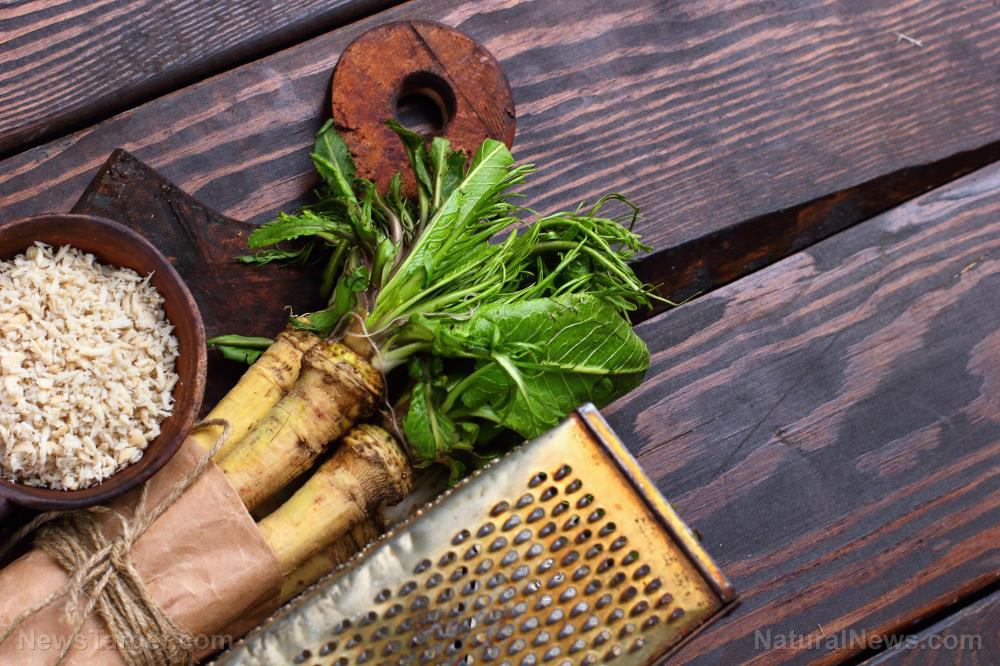Pain under the right breast? 9 possible causes
11/25/2019 / By Melissa Smith

In most cases, feeling pain under the right breast is typically not a concern. However, it can sometimes be a sign of an underlying condition. There are nine possible causes of pain under the right breast. These include:
1. Costochondritis
Costochondritis is an inflammation of the cartilage in the costochondral joint or the breastbone, where the ribs and sternum meet. The main symptom of this condition is chest pain on one or both sides of the chest. This pain can be dull or sharp and may worsen when you take a deep breath or cough. You may also feel some tenderness around the breastbone. The cause of costochondritis remains unknown, but it may result from chest injuries, intense physical activity, strenuous coughing, or illness.
Remedies: Although costochondritis gets better on its own, it can last several weeks. To relieve inflammation and pain, avoid activities that stress the chest area, and apply heat packs to the affected area. Daily stretching can also help ease some pain. (Related: Continuous chest pain? Natural remedies and supplements may help.)
2. Gallstones
Gallstones form when bile contains too much cholesterol or bilirubin, or if your gallbladder does not empty properly. While most gallstones pass without causing problems, some can block the flow of bile in the bile ducts, causing pain and inflammation. The episodes of pain resulting from these blockages are referred to as gallbladder attacks or biliary colic. The pain typically occurs in the upper right abdomen and can last for several hours.
Remedies: Natural approaches to gallstone pain relief have become an alternative to harmful drugs. One of these is applying heat to the affected area for 10 to 15 minutes. Drinking peppermint tea can also help. Peppermint contains menthol, which is a soothing compound that promotes pain relief. Consuming turmeric tea can also help relieve pain. This spice can stimulate bile formation to ease gallbladder emptying, reduce pain, and relieve inflammation.
3. Hiatal hernia
This condition occurs when part of the stomach slides up through the hiatus, which is an opening in the diaphragm. Chest pain is one of its symptoms.
Remedies: You can manage this condition by making lifestyle and dietary changes, such as maintaining a healthy weight and avoiding foods that make symptoms worse.
4. Injury
An injury to the ribs or chest area is common and can cause pain. This pain may manifest under one or both breasts, depending on where the injury occurs. An injury can occur due to knocks or blows to the chest area, falls, or severe coughing. Aside from pain, an injury can also cause swelling and bruising. People recovering from surgery to the breasts or chest area may also experience pain or discomfort under one or both breasts.
Remedies: The most common remedy for minor injuries like this is a cold compress. Apply ice to the affected area for up to 20 minutes at a time. This can help reduce pain and swelling.
5. Irritable bowel syndrome
Irritable bowel syndrome (IBS) causes changes in bowel movements. It can also cause referred pain, such as right-sided chest pain.
Remedies: Treatments for IBS include increasing your fiber intake, exercising regularly, reducing and managing stress, and getting enough sleep.
6. Menstrual cycle
When a woman is on her period, she experiences hormonal changes. These often cause one or both breasts to become swollen and tender. These symptoms usually occur within a week before onset of menstruation.
Remedies: Drinking lots of water can help lessen breast tenderness caused by menstrual hormonal changes.
7. Muscle strain
Straining or overstretching the chest muscles can cause soreness and pain. The pain may occur under one breast, depending on which muscles you strain. Chest muscle strains can result from throwing, heavy lifting, or using heavy tools or equipment.
Remedies: Muscle strains typically get better with rest. You can also reduce chest discomfort by applying ice to the affected area for about 20 minutes.
8. Pleural disorders
Pleural disorders, such as pleurisy, or the inflammation of the pleura, can cause sharp chest pain.
Remedies: Getting plenty of rest, breathing deeply, and coughing to clear mucus as the pain eases are some of the ways to relieve the symptoms of pleurisy.
9. Pneumonia
Pneumonia is an infectious inflammation of the tiny air sacs in the lungs, causing them to fill up with fluid. One of the main symptoms of pneumonia is a sharp pain in the chest that often gets worse with deep breathing or coughing.
Remedies: Several home remedies for mild pneumonia include getting plenty of rest, drinking lots of fluids, and avoiding smoking and other lung irritants.
If the pain gets worse, does not go away, or occurs with other concerning symptoms, seek medical help. Immediately seek medical attention if you experience severe chest pain or pain that accompanies breathing difficulties.
Sources include:
Tagged Under: breast health, breast pain, chest pain, disease indicators, pain, pain relief, prevention, remedies, treatment, women's health
RECENT NEWS & ARTICLES
COPYRIGHT © 2017 PREVENTION NEWS

